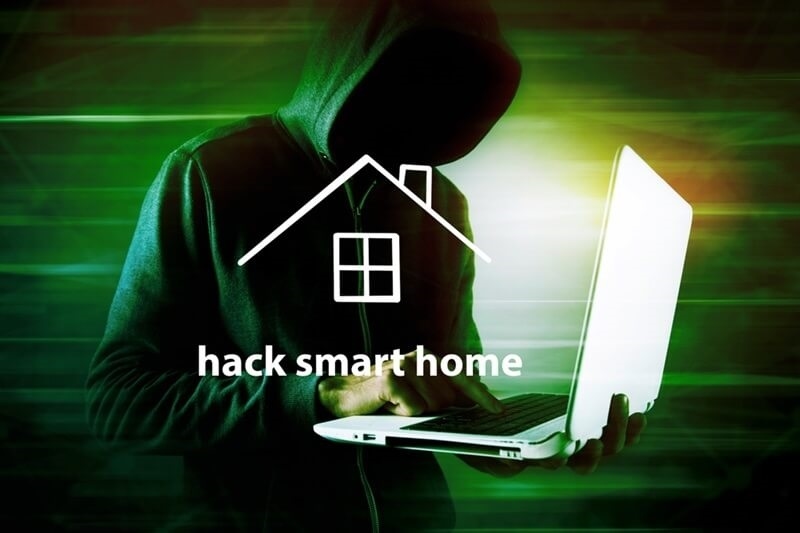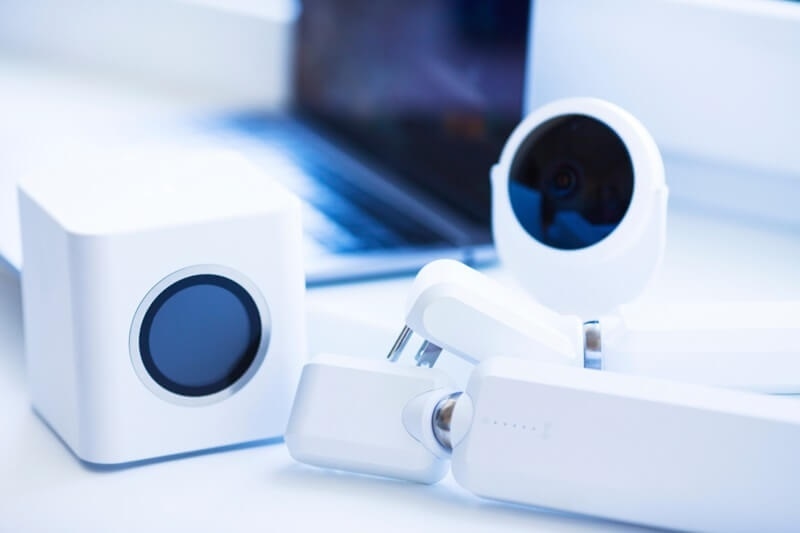
The allure of a smart home—lights, locks, security cameras, and appliances all acting on your command—is a dream. But it's a costly one: vulnerability. Cyberattacks on smart homes are on the rise throughout the U.S. Hackers take advantage of vulnerabilities in home networks and devices to steal information or even take over household systems.
If you’ve invested in smart home devices, it’s critical to take proactive steps to protect smart home. In this guide, we’ll explore practical, tested, and effective ways, including router guest network setup, to protect smart home from cyber intrusions—no jargon, just smart advice.
The initial and most essential measure is to have a safe Wi-Fi for the IoT devices. The majority of homeowners become victims of connecting all the devices—from laptops and phones to smart speakers and baby monitors—on a single network. This setup can transform a minimal device vulnerability into a real privacy threat.
This implies creating a safe Wi-Fi for your IoT devices via the method of setting up a separate SSID particularly for your smart home tech. This keeps your important computing devices (like laptops and mobile phones) away from your IoT system, reducing the risk of cross-infection.
Do ensure that you:

As an added security measure, avail yourself of the router guest network setup option. New routers often include the capability to run a guest network. It used to be used for visitors but is now available for all your smart home gadgets.
Passwords remain the frontline of defense when it comes to cybersecurity. Unfortunately, they're also one of the most overlooked areas. Far too many users of smart homes use the default log in or opt for weak and easily guessable combinations.
If you actually want to lock down your smart home, you need to use secure smart home passwords on every device. That is:
A password manager will help you generate and store safe passwords without commandeering your memory. The first step you should ever take whenever a new smart device is added to your network is to set up a safe smart home password and turn off any default login passwords.
Don't underestimate the damage a weak password can cause. With smart door locks and surveillance systems part of the mix, your security could be at risk because of this simple act.
Regular device firmware updates are one of the most overlooked digital security practices. While software updates on your phone are routine, most people don't realize that smart plugs, bulbs, cameras, and even refrigerators need updates too.
These updates enhance performance but often contain crucial patches that assist in protecting your smart home from emerging threats.
Home smart cameras are easiest to hack. They could be used to spy on the inhabitants, record private discussions, or even gather behavior patterns. Physical security can complement digital security here by using smart camera privacy covers.
Physical barriers are harder to breach. Adding smart camera privacy lids is a small but powerful step to protect your smart home from surveillance-based attacks.
IoT devices come preloaded with default features activated that prioritize convenience over security. Remote control, voice command, motion detectors—many of these functions remain active even if you never use them.
To make your smart home more secure:
If your smart speaker or TV is always listening, ensure it has a mute feature. If your smart plug does not need to be remotely accessed, turn off that capability. Each feature turned off eliminates one pathway for a hacker to gain entry.
These modifications reduce your attack surface and make it harder for someone to gain unauthorized access to your network or devices.
To further enhance your home security, install firewalls or network monitoring systems. Most routers have an integrated firewall, but third-party software offers more protection. Tools like Firewalla or FingBox allow you to monitor all devices connected to your home network. They alert you when a new device is plugged in so you can act quickly if an attacker gets through. Some even allow you to disable internet access for specific devices on the fly.
Add that to router-level logs, and you'll know what's going on in your network at all times. That visibility can assist you in safeguarding your smart home from ongoing threats and unwanted connections.
Smart home hubs simplify your setup because they allow many devices to talk through one system. Devices that are linked with a hub, like Samsung SmartThings or Apple HomeKit, typically have stronger protocols.
When choosing a hub:
While these hubs can't keep every risk at bay, they limit exposure by controlling how and when devices connect to the internet. Your secure hub is the nervous system of your smart home. Choosing the right one imposes rules across your ecosystem and delivers smarter, safer automation.
Smart home setups evolve over time. You add new gear, change Wi-Fi passwords, or swap ISPs. All of these changes can impact your security posture.
These quick checks ensure you're not assuming anything. Cybersecurity is not a set-it-and-forget-it activity—it's a habitual thing, like cleaning or paying bills.
If you've got roommates, a spouse, or children, make smart home security a family affair. Everyone should be aware:
Explain the reason for these steps so they're executed consistently. After all, it only takes one careless mistake to crash an entire network.
Your smart home has to be safe, rather than vulnerable. With the rapid growth of connected devices, cybercriminals now consider homes as reasonable targets of attack. The good news is that with a few intentional steps—setting up a secure Wi-Fi for IoT devices, managing a router guest network configuration, installing smart camera privacy lids, conducting regular firmware updates, and using tough smart home passwords—you can considerably improve your security.
Smart doesn’t just mean connected. It means secure, aware, and proactive. Follow these tips and habits, and you’ll do more than enjoy the convenience of a connected life—you’ll enjoy it with confidence.
This content was created by AI